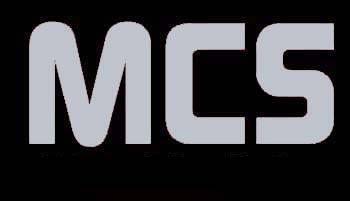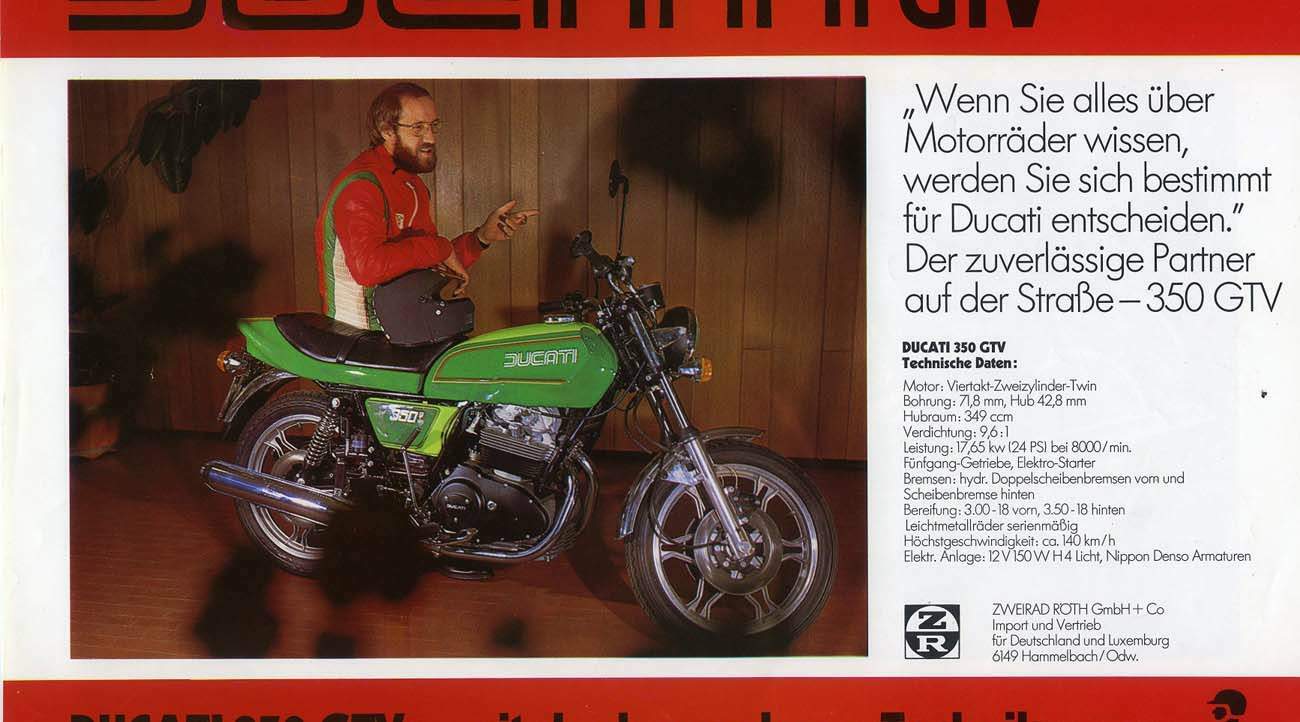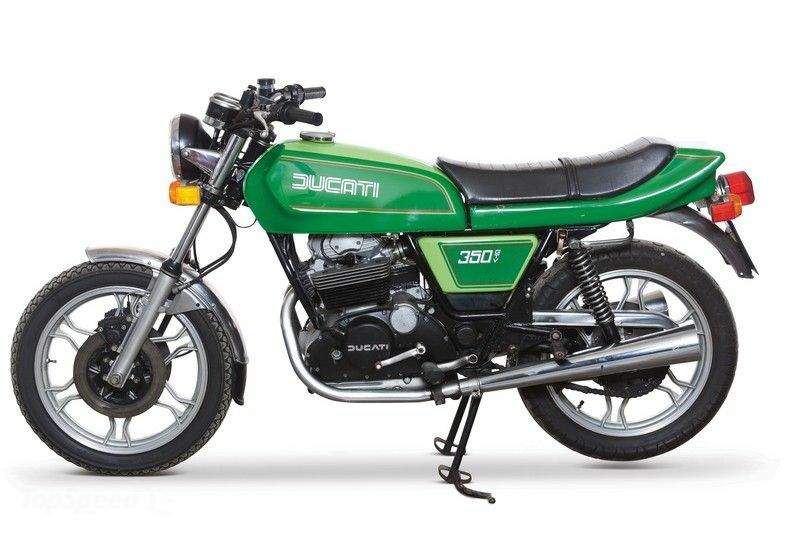
|
|
|
|
|
|
Classic Bikes
Custom Bikes
Individual
Racing Bikes AJP
AJS
Aprilia
Ariel
Avinton / Wakan
Bajaj
Benelli
Beta
Bimota
BMW
Brough Superior
BRP Cam-Am
BSA
Buell / EBR
Bultaco
Cagiva
Campagna
CCM
CF Moto
Combat Motors
Derbi
Deus
Ducati
Excelsior
GASGAS
Ghezzi Brian
Gilera
GIMA
Harley Davidson
Hero
Highland
Honda
Horex
Husaberg
Husqvarna
Hyosung
Indian
Jawa
Kawasaki
KTM
KYMCO
Laverda
Lazareth
Magni
Maico
Mash
Matchless
Mondial
Moto Guzzi
Moto Morini
MV Agusta
MZ / MuZ
NCR
Norton
NSU
Paton
Peugeot
Piaggio
Revival Cycles
Roland Sands
Royal Enfield
Sachs
Sherco
Sunbeam
Suzuki
SWM
SYM
Triumph
TVS
Ural
Velocette
Vespa
Victory
Vincent
VOR
Voxan
Vyrus
Walt Siegl
Walz
Wrenchmonkees
Wunderlich
XTR / Radical
Yamaha
Zero
Video
Technical
Complete Manufacturer List
|
Ducati 350GTV
|
| . |
|
Make Model |
Ducati 350GTV |
|
Year |
1977 - 78 |
|
Engine |
Four stroke, parallel twin cylinder, SOHC, 2 valves per cylinder. |
|
Capacity |
349.6 cc / 21.3 cu in |
| Bore x Stroke | 71.8 x 43.2 mm |
| Compression Ratio | 9.6:1 |
| Cooling System | Air cooled |
|
Induction |
2 x 26 mm Dell'Orto VHB 26 FS/FD |
|
Ignition |
Points and coil, 12V 150W generator |
|
Spark Plug |
Champion L81 |
|
Battery |
12V 18Ah Yuasa Y50-N18L-A1 |
|
Starting |
Electric |
|
Max Power |
17.5 kW / 24 hp @ 7500 rpm |
| Clutch | Wet, multi-plate |
|
Transmission |
5-Speed |
|
Primary Drive Ratio |
2.125:1 |
|
Gear Ratios |
1st 2.500 / 2nd 1.714 / 3rd 1.333 / 4th 1.074 / 5th 0.900:1 |
|
Final Drive Ratio |
2.923:1 |
|
Final Drive |
Chain |
|
Front Suspension |
35 mm Paioli fork |
|
Rear Suspension |
Dual Marzocchi shocks, 3-way adjustable |
|
Front Brakes |
2 x 256 mm Brembo discs |
|
Rear Brakes |
Single 257mm Brembo disc |
|
Front Tyre |
3.25-18 |
|
Rear Tyre |
3.50-18 |
|
Dimensions |
Length: 2050 mm / 80.7 in Width: 760 mm / 29.9 in Height: 1060 mm / 41.7 in |
|
Wheelbase |
1400 mm / 55.1 in |
|
Seat Height |
760 mm / 29.9 in |
|
Dry Weight |
181 kg / 399 lbs |
|
Fuel Capacity |
14 L / 3.7 US gal / 3.1 Imp gal |
| Manual | Bevelheaven.com / Epll.no-ip.com |
| . |
When Ducati introduced a non-Desmo version of the 350 Super Sport, it paved the way for a new line of bikes that have come to be known as the 350 GTV. Built from 1977 to 1981, the 350 GTV model weren’t the most powerful or most reliable Ducatis in history.
That’s why through a strange twist of fate, finding one in good working condition these days is a Herculean task. Never mind the fact that the 350 GTV comes with a 350 cc SOHC twin engine that’s mated to a five-speed transmission, this particular example sets itself apart because of its model name.
Ducati’s great engineer, Fabio Taglioni, proposed a mini V-twin but with belt-driven overhead camshafts instead of bevel gears to reduce costs. However, the new management, under the auspices of Ing D’Eccher, wanted to pursue an even cheaper option and suggested a parallel-twin. Ing Taglioni would have nothing to do with it and the design passed to his assistant, Bruno Tumidei.
Tumidei resurrected the 1965 500 engine design and updated it. A 180-degree crank replaced the 360-degree crank, with a chain-driven single overhead camshaft instead of pushrods and rockers. The engine was produced in two capacities: a 78mm x 52mm 500 and 71.8mm x 43.2mm 350. This was the first production Ducati engine to use a forged crankshaft with plain big-end bearings but only two plain main bearings were used with no centre bearing between the cylinders.

The cylinder head design was also more modern than the singles with a shallower valve angle of 60 degrees, as used on the 1973 Imola racing bikes. To keep engine width down, the camshaft drive sprocket was from a countershaft sprocket behind the cylinders with the chain running up a narrow sleeve between the two barrels. The compression ratio was 9.6:1. The die-cast engine crankcases were split vertically with a small electric starter motor fitted in front of the engine. Carburetion was by Dell’Orto as usual: 30mm on the 500 and 26mm for the 350. The engine may have been a modern design but the ignition was still by battery, coil and contact breakers.
It was quite a tidy engine design but when the first 350/500GTL examples were displayed during 1975 they were unfortunately blessed with Giorgetto Giugiaro’s angular styling cues. Looking similar to the 860 GT, these were spectacularly unsuccessful in the showroom and, in 1977, Taglioni agreed to design a set of desmo heads and a twin downtube frame. The parallel-twin was sent to Leopoldo Tartarini of Italjet for a re-style, the result being the more successful Sport Desmo.
Determined to get some value out of the tooling, Ducati also replaced the GTL with a valve-spring version of the Sport Desmo in 1977. Titled the GTV, this also came in 350 and 500cc engine capacities and was essentially a Sport Desmo with a GTL engine. The styling was very similar to the early Darmah and the little 350 GTV bristled with quality features including stainless steel mudguards, Nippon Denso switches and instruments, Paioli suspension and Brembo brakes. The magnesium Speedline wheels looked good but were prone to cracking and breaking.
When it came to riding, the GTV had the best brakes available and comparable handling. Although no lightweight at 183kg, the bikes were stable and nimble. The 350’s main issue was the moderate 25hp (18.4kW) at 6800rpm, although the 500 (with 27hp/19.9kW) wasn’t much faster. The engines had to be wrung hard as there was little bottom-end power.
The main problem with the parallel-twin was reliability. While they were sound in concept, crankshaft failure and short-lived valve gear were among the problems that afflicted them all. Oil pumps were known to fail, wreaking internal engine havoc, while there were also camchain and camshaft problems. But most problems were caused by variable build quality, something that affected all Ducs in the late ’70s and early ’80s.
Review: Trade Motorcycles

|
Any corrections or more information on these motorcycles will be kindly appreciated. |